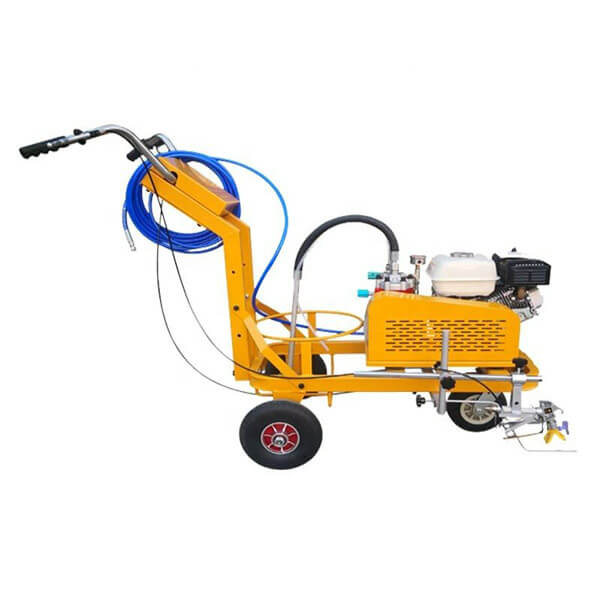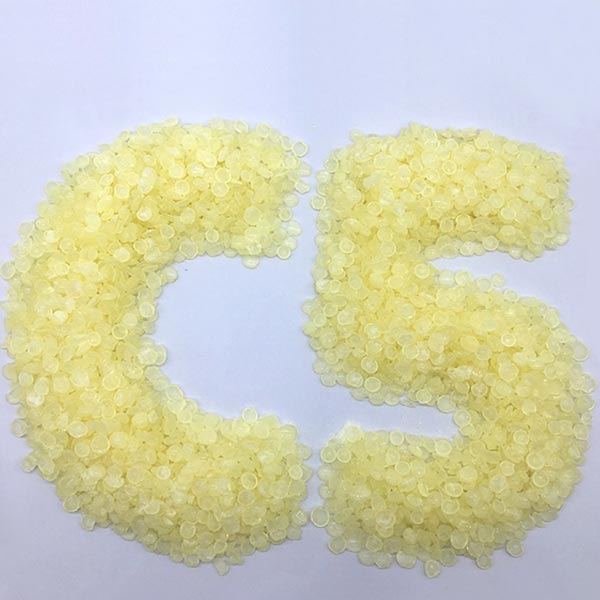Causes of Bubbling in Thermoplastic Road Marking Paint
Causes of Bubbling in Thermoplastic Road Marking Paint
Bubbling in thermoplastic road marking paint can lead to aesthetic and structural issues, affecting the durability and appearance of road markings. Understanding the causes of bubbling and applying effective solutions can significantly improve the quality of road markings. Below are the key reasons for bubbling and how to address them.
1. Air Expansion from Road Surface Cracks
When thermoplastic road marking paint is applied at approximately 200°C, it requires about 3-8 minutes to dry on the road surface. During this time, air trapped in tiny cracks within the pavement heats up and rises, causing the paint to expand and form bubbles.
- Large bubbles can rupture the paint film, leading to cracks.
- Small bubbles may get trapped inside the paint, leaving imperfections that affect the visual quality.
- If bubbles rise to the surface but the paint dries too quickly, they leave behind small craters, affecting the finish.
Solution: Adjust the paint temperature:
- Lower the temperature by 5-10°C to increase paint viscosity, preventing bubbles from rising.
- Increase the temperature by 5-10°C to enhance paint fluidity, allowing trapped air to escape.
2. Asphalt Surface Reaction
Many roads today use asphalt to regulate surface temperature and prevent cracking. However, modified asphalt contains additives that, when exposed to high temperatures from thermoplastic paint, can cause bubbling.
Solution: Add a small amount (approximately 0.1%) of soybean oil or vegetable oil during the melting process. This helps improve paint leveling while slightly reducing compression strength, lowering the risk of bubbling while maintaining road safety standards.
3. Moisture on the Road Surface
If the road surface is damp, the trapped moisture will evaporate when the hot paint is applied, causing bubbling underneath the markings.
Solution: Always check for moisture levels before application. If the road is too damp, postpone marking work until the surface is completely dry.
4. High Alkalinity and Loose Cement Roads
Highly alkaline cement roads tend to absorb more dust, which can interfere with paint adhesion and lead to bubbling. Additionally, loose cement surfaces can prevent proper bonding between the paint and the road.
Solution:
- Use a dust removal system to thoroughly clean the road surface before applying the paint.
- Apply a primer and adjust paint temperature accordingly to improve adhesion and reduce bubbling.
5. Primer Not Fully Dry
If the primer is not completely dry before applying the thermoplastic paint, the solvent inside the primer can evaporate when exposed to heat, causing bubbles. In some cases, trapped solvents may even ignite, posing a safety risk.
Solution: Always ensure the primer is fully dry before applying thermoplastic paint. This not only prevents bubbling but also reduces the risk of combustion.
Conclusion
Understanding the causes of bubbling in thermoplastic road marking paint and implementing the appropriate solutions can significantly enhance the durability and appearance of road markings. To achieve the best results, always choose high-quality thermoplastic paint from reputable manufacturers and follow expert guidance during application.







